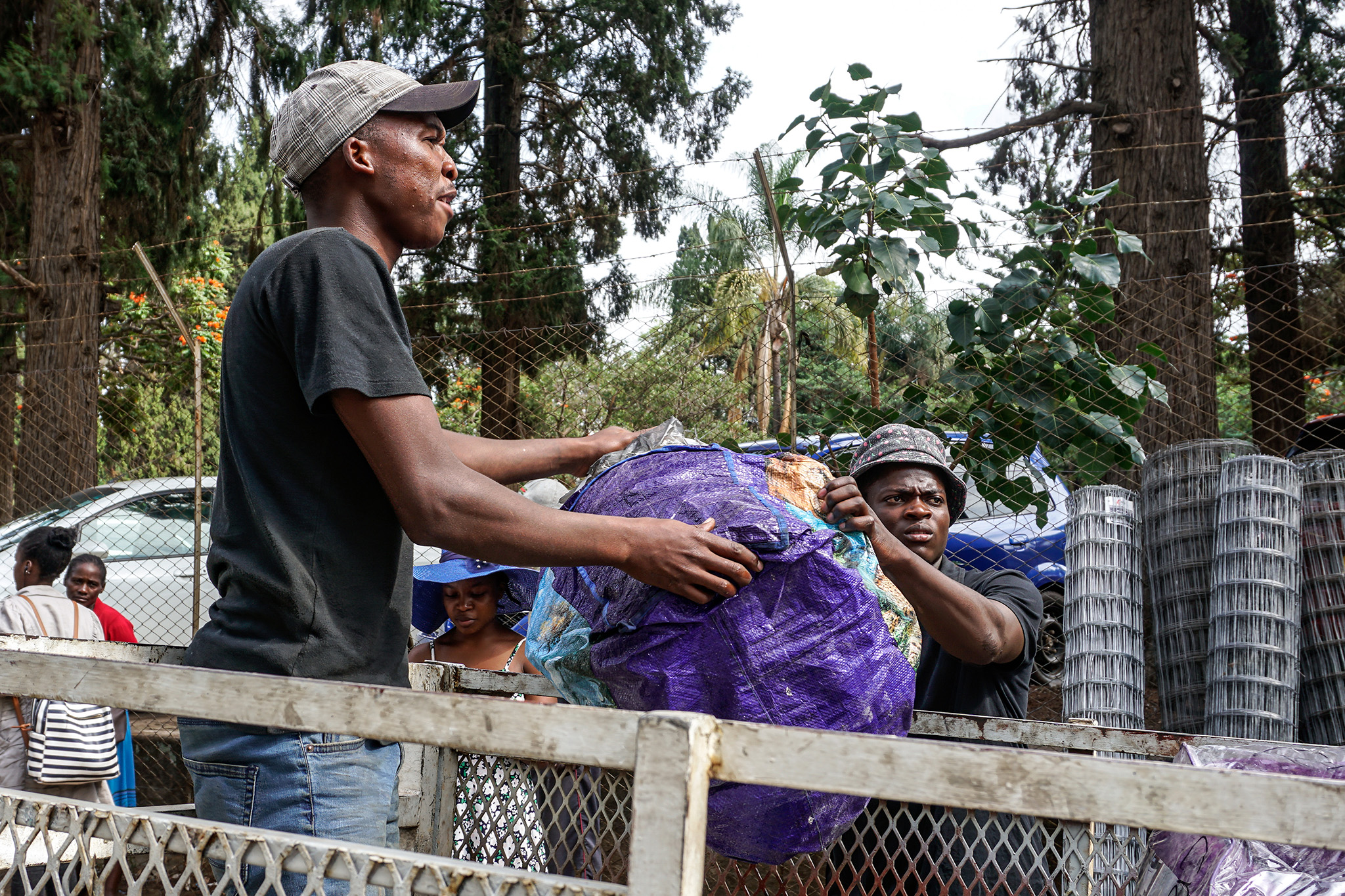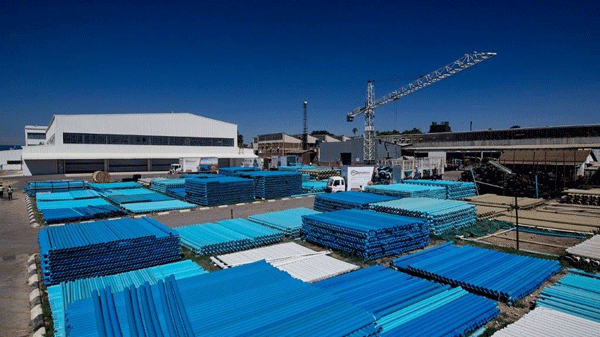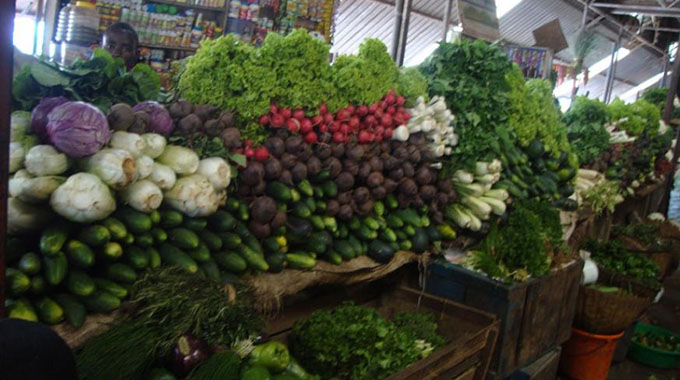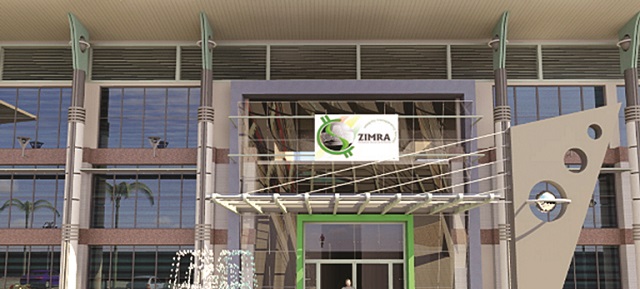Bulk consumers of power: Manufacturing,transport and construction sectors
The Zimbabwe National Statistics Agency (ZimStat) first electricity generation index reveals that a total of 9,229.5GWh of electricity were distributed to various users last year with the manufacturing, transport and construction sectors receiving a combined 572.0GWh.
The Index of Electricity Generation is the first such index to be produced by the
statistical agency.
ZimStat said the index was produced using administrative data obtained from the
Zimbabwe Electricity Supply Authority (Zesa) noting that the first quarter of 2019 was
used as the base year.
The index will be produced on a quarterly basis.
According to the report 9,229.5GWh of electricity were distributed to various users
during 2022.
“This represented a percentage increase of 18,1 when compared to the 2021 volume of
8,406.1GWh. 2,233.3GWh of electricity was distributed in fourth quarter 2022, reflecting
a 9,8 percent decline from 2,476.6GWh distributed during the third quarter,” the report
indicates.
Of the electricity distributed, users in the manufacturing, transport and construction
sectors received 572,0GWh, constituting 25,6 percent.
The high usage in the sectors underpins growth in the manufacturing and construction
sectors.
For instance, the manufacturing sector’s capacity utilisation is well above 60 percent
with big industries increasing their production lines.
While in the construction sector, there has been increased activities following relaxation
of Covid-19restrictions, listed construction and mainly driven by Government projects,
private sector and individuals.
Government’s renewed interest in infrastructure development is seen as a key driver of
growth for the road and earthworks projects.
In line with this, demand for construction material such as bricks, cement, roofing and
plumbing materials has also been on the increase supporting businesses in the sector.
Domestic customers accounted for 555.1 GWh, mining and quarrying (474.1GWh) those in
the agriculture and forestry sector received 154.1GWh accounting for 6,9 percent.
Commercial institutions, Zesa properties and public lighting received 478.0 GWh.
According to the report, a total of 1,796.9GWh of electricity was generated during the
fourth quarter of 2022. Of these, 1,024.2GWh constituting 57,0 percent, were generated
at Kariba power station.
Hwange Power Station contributed 666,3 GWh independent power producers (77,9
GWh), Munyati thermal station (16,3 GWh) and Bulawayo and Harare station
contributing 9,9 GWh MW and 5,1 GWh respectively.
Last year, a total of 2,303.6 GWh worth of electricity were imported and of these,
681.1GWh were imported in the fourth quarter reflecting a 4,7 percent increase from
650,7GWh imported during the third quarter of 2022.
Electricity imported during the fourth quarter, 38,4 percent was obtained from Eskom,
South Africa while Zambia Electricity Supply Corporation Limited, and Zesco provided
32,4 percent.
Based on the report, in 2019, 1,811.7 GWh of electricity was imported, rising to 2,553.7 GWh in2020and 2,194.5 GWh in 2021.
In total, 395.1GWh worth of electricity was exported in 2022, 107.8GWh exported in the
quarter under review presenting a 2.0 percent decline from 110.0GWh exported in third
quarter of 2022.
Players in the business and energy sector say the country will need to boost electricity
supplies to 2 350MW by 2025 to meet demand, especially from the mining sector.
The country’s economy is on a rebound due to various policies initiated by the
Government that have seen growth in the mining and agricultural sectors.
Several other power generation projects in the country are either underway, on the
drawing boards or are about to start.
Among them is the rehabilitation of Hwange units 1 to 6 to be financed by a US$310
million Indian financing facility that has already been secured.
Hwange units 1 to 4 have an installed power generating capacity of 120 megawatts each,
but because of degeneration of the plants over the years, output is far lower.
Units 5 and 6, on the other hand, have an installed production capacity of 220
megawatts, but suffer the same fate due to plant degeneration.
Work on the projects, which will be done in phases, is expected to start next year, and be
completed by 2025.-chronicle









